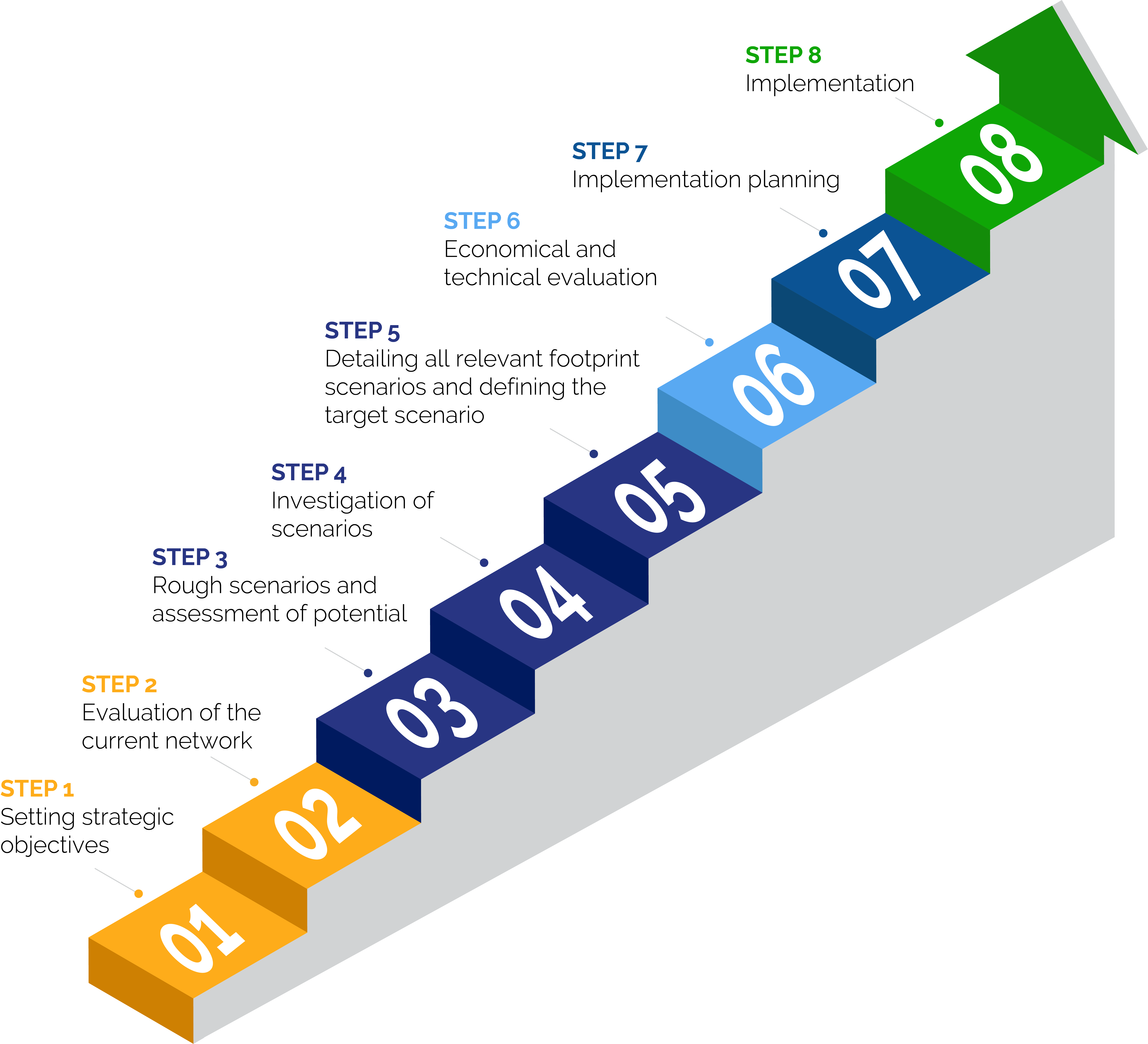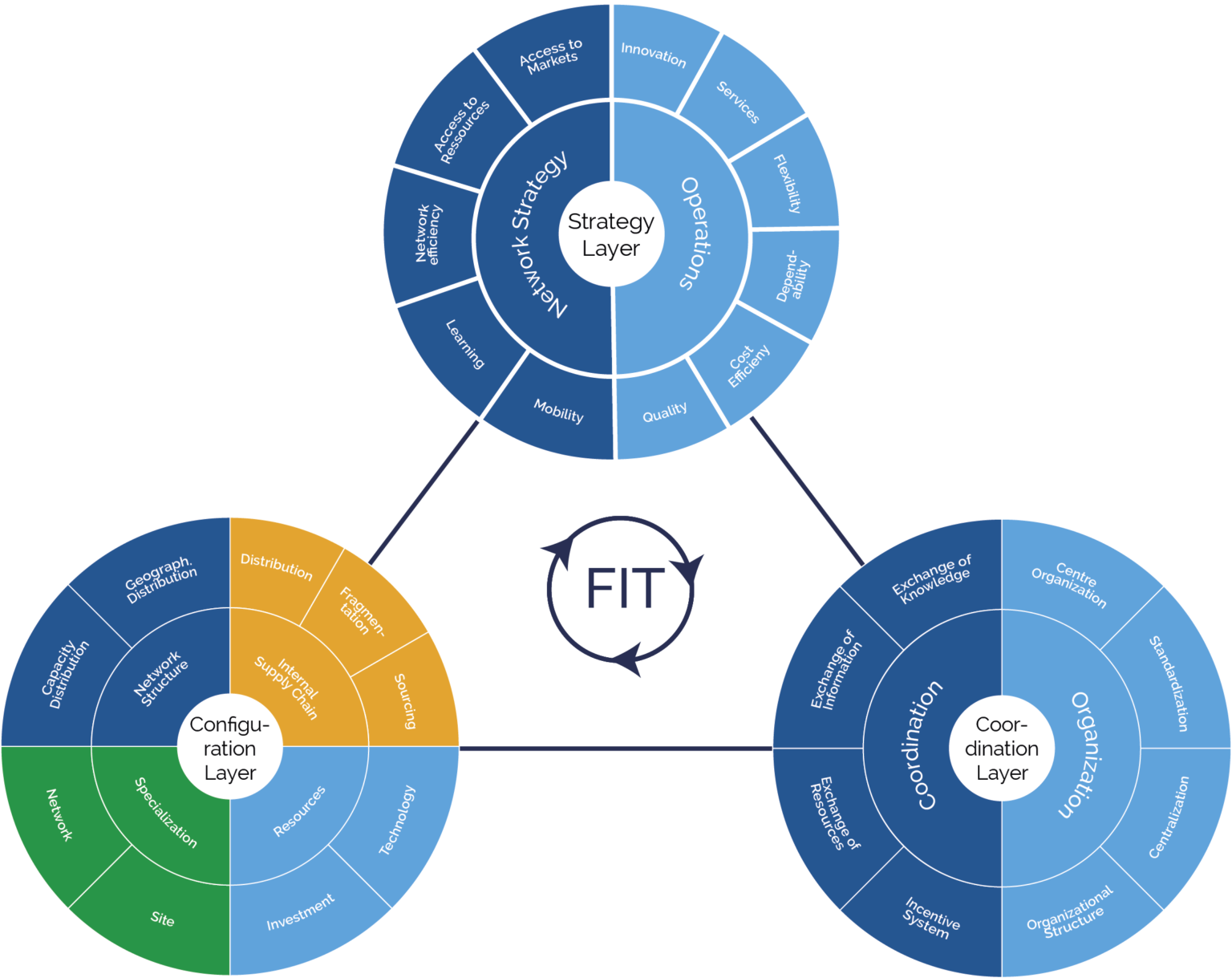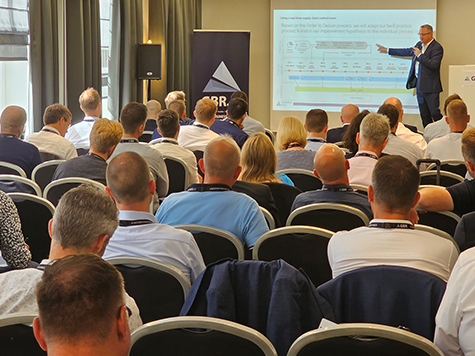
Production footprint as a topic for the future: economic success requires resilient production networks

The vulnerability of production and supply networks has come to the fore in recent years, first due to the pandemic and then due to the war in Ukraine. Industrial companies in particular have experienced how costly a lack of resilience in their value creation processes can be. Even if unforeseeable events are disregarded, it is clear that the pressure on production and supply chains will continue to increase in the future - due to the increasing scarcity of raw materials and ever greater market volatility, for example. Against this backdrop, strategic planning of the production footprint is becoming a key task for companies. Whereas in the past the focus was on individual locations, we are now looking at the network as a whole. We have developed a structured approach for the integrated optimization of production networks which, based on a company's strategic goals, designs and implements a production footprint for the company that enables economically successful value creation even under difficult conditions.
Defining strategic goals: an often neglected task

The process of redesigning the production footprint begins with defining the company's strategic direction. This sounds like a matter of course, but it is an important and complex task that is often neglected. The honest answer to the question of a company's strategic focus has a major influence on the design of production and supply networks. Is innovation a core issue or cost leadership? Is production flexibility a success factor or is secure access to resources more important? How can differentiation from the competition be achieved? We consider and prioritizes these and other strategic aspects when setting goals with its customers.
The quantification of the defined targets in key performance indicators (KPIs) is also part of the strategy definition. These serve as guidelines during the detailing phase to ensure that the objectives are achieved. During implementation, the KPIs can then be used to track the effectiveness of the concepts and activities. If necessary, the indicators are gradually added to as the project progresses.
Clean analysis for a detailed target scenario

Against the background of this strategic map, the current production footprint is then analyzed from different perspectives in order to develop a profile of strengths and weaknesses. This transparency is in turn the starting point for the development of target scenarios for the further development of the production and logistics network in a three-stage process. Together with the client, we clarify in increasing detail, for example, the technology concept, the depth of value creation (make-or-buy), the sourcing strategy (global vs. local) and location issues. By working with alternative scenarios in close coordination with management and other stakeholders, a requirements profile for the reorganization of the production network is created that enables informed decisions for portfolio development, investment decisions or relationships with suppliers in the supply network. Various scenarios are evaluated technologically and calculated economically. We provide support with analysis tools and an extensive benchmark database on topics such as factor costs and technology. At the end of this process, a decision is made on a specific target scenario.
No success without stringent, effective implementation
Redesigning a production footprint requires a large number of implementation measures in all areas of a company. For this implementation to succeed, a powerful project organization is required that plans and initiates the change and makes its progress transparent. With years of know-how in implementation management, we offer our customers the methodological knowledge and implementation tools they need to track the progress of the various sub-projects and drive them forward in a targeted manner. This includes continuous communication with stakeholders in the change process as well as monitoring budget compliance and the schedule. The economic success of a production network that meets the strategic requirements of a company lies in the implementation of the numerous changes: in the production sites and suppliers as well as in product development or in the sales organization of a company. The performance improvements of an optimized production footprint can be demonstrated in detail using the KPIs already defined in the target definition. Our customers attest to our pragmatic, fast and precise approach - from strategy development and target definition through to implementation. We would be happy to provide you with references. Contact us at marketing (at) horn-company.de.




